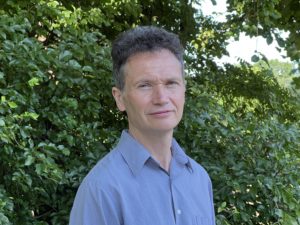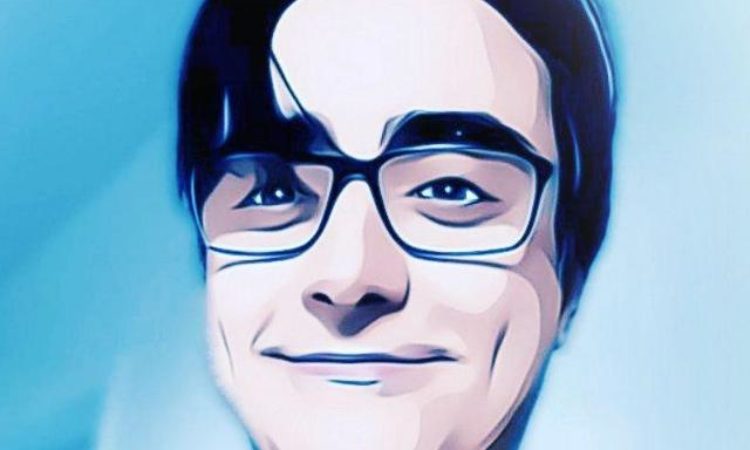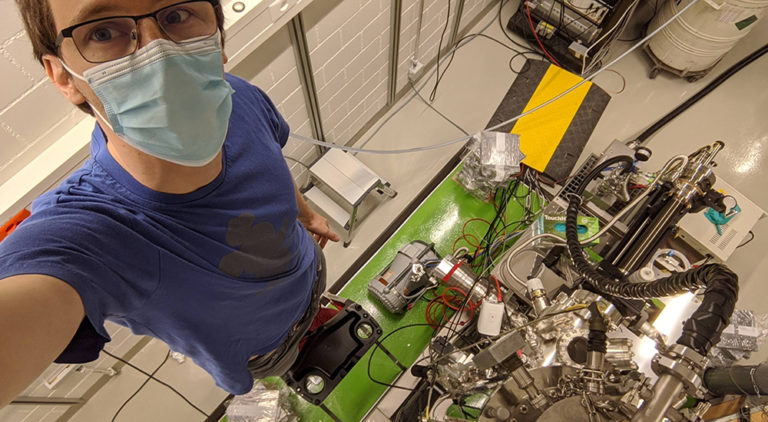Talk with Eugene Demler, Professor at ETHZ

How can you describe your method of scientific research?
I am a theoretical physicist, yet my research would be inconceivable without close interaction with experimental physics. Experiments are a source of inspiration and fulfilment for me. The most exciting theoretical discoveries can be made when experiments turn out surprising results. Being a theoretical physicist requires mastering two crucial skills: advanced techniques in physics and mathematics to solve complex models, and the ability to discern simple fundamental arguments underlying sophisticated mathematical equations. When I work on a problem, I find that physical insight comes first, often in the form of an image, while the more formal mathematical analysis gets added later. My interest in connecting theory with experiments goes back to my high school studies, when my physics teacher often substituted formal lectures with demonstrations of experiments, challenging students to explain them. I enjoyed the process so much that I have been doing it ever since. As a graduate student at Stanford, I started actively collaborating with experimental groups. I found that experimentalists were not readily impressed with complicated formal calculations. In many discussions they even instituted a rule that I was not allowed to write any formulas. This taught me the importance of clear thinking and argumentation.
Can you highlight some of your prior research achievements?
Several of my key contributions have been in the field of quantum simulations: solving longstanding problems in the field of condensed matter physics using atoms in optical lattices. In these systems, deep-frozen atoms are arranged into periodic structures created by laser beams. Motion of particles and interactions between them can be manipulated independently by adjusting laser strength or magnetic fields. This tunability contrasts with solid-state systems, where separating different phenomena is often challenging. My group’s work went beyond suggesting different types of quantum simulators; We analyzed how to apply the unique experimental tools of atomic physics to gain insights into quantum many-body systems that are not available in solid state systems. Notably, we have developed several methods of analysis that utilize a unique aspect of cold atoms experiments of measuring the positions of all the particles in the system at the same time. This enables the measurement of high order correlation functions and full distribution functions of quantum observables that provide the ultimate characterization of quantum properties of the many-body states. I take pride in knowing that our theoretical work inspired new experiments, thereby providing valuable impetus for research into practically relevant quantum phenomena, not only on superconductivity, but also on magnetism, topological many-body states, and superfluidity – all areas of great interest to scientists.
Which problems are you working on now?
A new research direction for my group is optical control of materials. One’s naïve expectation is that shining intense pulses of light on solids should cause heating and suppress electronic correlations. For example, subduing superconductivity. Surprisingly, several experiments observed the opposite effect: materials subjected to intense light pulses showed signatures of superconductivity even though before pumping these materials were well above their superconducting transition temperature. These transient superconducting-like states last only for short times – from pico- to nano-seconds, but they exhibit several properties that are considered key characteristics of superconductivity.
My group is currently investigating the fundamental theoretical question of whether these experiments have demonstrated light-induced superconductivity or revealed pre-existing superconducting correlations that were present in equilibrium but could not be detected using traditional experimental probes. Our findings suggest that examples of both scenarios have already been observed in experiments.
This has two significant implications. First, it shows that equilibrium superconductivity may be more robust than previously anticipated, persisting even in condition where it was believed to be suppressed. Second, we find that light can not only enhance but also induce superconductivity in certain materials.
How do you find your next research problem?
I like working at the interface between different branches of physics, as it gives me a fresh perspective. This approach is particularly helpful not in solving known problems but in asking new questions and finding novel research directions. The ultimate motivation for my work is understanding how nature works and using this knowledge to create new technology. I have another metric of success of theoretical projects: the element of surprise. If a challenging calculation yields a result that aligns with everyone’s expectations, it lacks the excitement of discovery.
When starting a new project, I do not think about it in terms of importance. It’s difficult to decide whether a project in magnetism is more or less important than one in optics. I prefer to focus on research areas that have many unsolved problems posed by experiments. As Leonardo da Vinci advised artists to learn from nature rather than other artists, I believe the same principle applies to theoretical physicists. My primary motivation is to understand the workings of nature, and I find it more rewarding to solve problems posed by experiments rather than building upon the work of other theorists.
What are your interests besides work?
I like my morning runs, during which I listen to podcasts covering biographies, historical and philosophical topics. What interests me the most is the history of ideas: how people come up with original ideas, and how new ideas become powerful enough to change the world around us. My favourite podcasts include In Our time and The Life Scientific by BBC Radio 4, The History of Philosophy, Internet History Podcast, Acquired.



